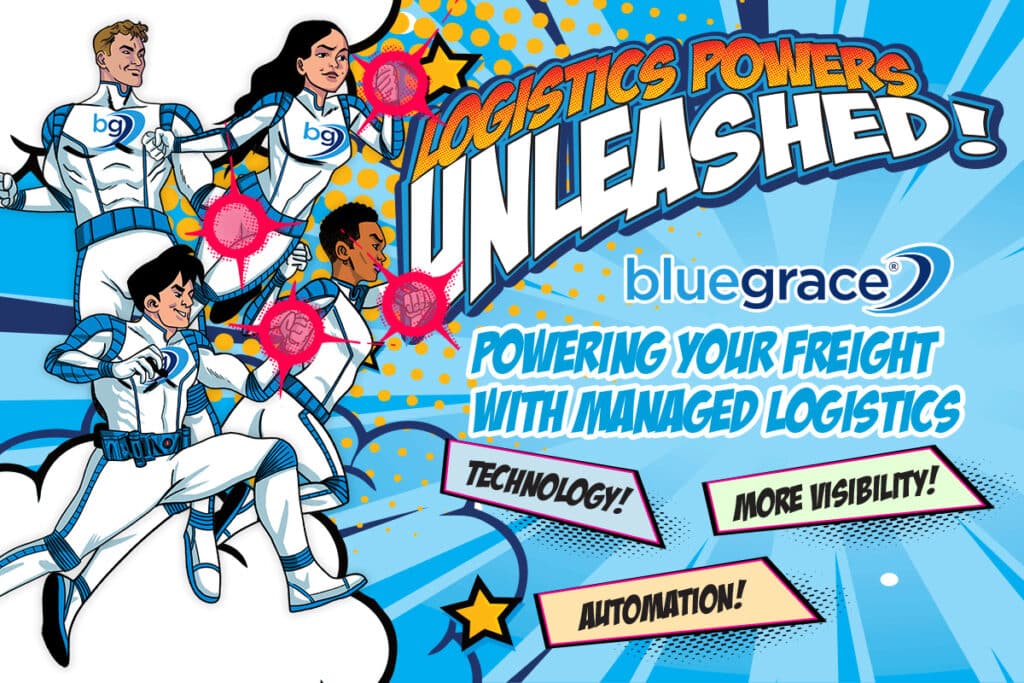
As time changes, the views and opinions of the generations that follow will also change. As the baby boomers are beginning to approach the golden age of retirement, new generations are starting to step up to the plate. This is creating a shakeup for the global economy as a whole. We’re seeing a change in aspirations as well as life goals in those that are entering the workforce. For some industries, it has created a renaissance of new ideas, innovations, leaders, and visionaries.
Simply put, the U.S trucking industry is facing a driver shortage of which it has never seen before.
Other sectors, like the trucking industry, might have a harder time attracting new prospects. Simply put, the U.S trucking industry is facing a driver shortage of which it has never seen before. As manufacturing and retail sales continue to increase, shippers and carriers alike are scrambling to find the capacity to keep freight moving, resulting in many shipments being up-charged or left behind. “A 2017 report by the American Trucking Association noted that the industry needs to hire almost 900,000 more drivers to meet rising demand, while the latest jobs report noted that 185,000 jobs have been added over the past four months alone,” according to a recent article from MSNBC.
“The shipping infrastructure is facing a tight capacity crunch this year, and the small to mid-sized business shipper will feel the upward pressure in raised rates due to the lack of drivers and trucks available,” said Tim Story, EVP of freight operations at Unishippers. “The new mandate could result in a 4-8 percent loss in capacity (available trucks on the road).”
To make matters worse, the average age of truck drivers on the road today is 55, which means many will be considering retirement in the near future. As qualified drivers begin to leave the field, there is a concern that there won’t be enough new drivers to replace them. In order to attract fresh blood and new talent for the industry, trucking companies are focusing their efforts on the newest generation of up and coming young adults: the self-oriented Millennials, who are in their twenties and thirties.
Trucking is a Hard Sell
While there is plenty of talent to choose from in the millennial pool, trucking is a hard sell when it comes to attracting new drivers. Truck driving doesn’t necessarily carry the glamorous reputation that some industries might have. Long hours and time spent away from home seem to be a deterrent for many who would consider getting behind the wheel.
While some trucking companies are willing to foot the bill for the education, that’s not a universal standard – at least not yet.
Additionally, there’s the need for a CDL commercial driver’s license which is required to operate any combination of vehicles with a gross combination weight rating (GVWR) of 26,001 or more pounds. It takes both time and money to obtain. While some trucking companies are willing to foot the bill for the education, that’s not a universal standard – at least not yet.
With that being said, it’s still a considerable commitment for someone fresh out of school who is trying to decide what to do with their life. Younger drivers will also be facing an age barrier as well as you need to be 21 and over to be able to cross state lines. Even if trucking companies were able to recruit younger drivers, there’s still going to be a time restraint before a young aspirant can become a full-fledged trucker. That timing can make a big difference too. A millennial fresh out of high school isn’t able to enter into the field, which means by the time they can they’ve likely moved on to a different career field. Recruitment is also proving to be a challenge for the trucking industry as well.
Until a recruitment solution is identified, it will continue to be a problem.
While many trucking companies are starting to pay for ad space on social media sites in an attempt to find new drivers, the cost vs. yield is out of balance. “Carriers are having to spend more money on advertising to get people to apply, but only getting one to two drivers out of each 100 applications they receive,” said Story. “Between the training required, predominantly male-dominated field, age hurdles and more, carriers are having to pay drivers higher rates that will continue to increase. Right now, there aren’t enough qualified drivers in the applicant pool to satisfy the needs of the industry. Until a recruitment solution is identified, it will continue to be a problem.”
Changing the Demographic
Another issue for the trucking industry is that it is predominately male. According to Ellen Voie the president and CEO of the Women In Trucking (WIT) Association, only about seven percent of the entire trucking fleet in the U.S is made up of women. While this made sense for the physical requirements necessary twenty years ago, that’s no longer the case. “There’s very little physical exertion anymore,” says Voie “Even the hood releases and the dollies are hydraulic. You just push a button. WIT’s mission is to work with truck manufacturers and trucking companies alike to promote women in the industry and to help reduce the obstacles faced by women in the trucking industry. By making the industry more accessible for women, it will help to ease the driver shortage by increasing the available pool of drivers to get behind the wheel.
Autonomous Trucks Will be Good for the Industry
Conventional wisdom believes that automated trucking will simply remove the need for human drivers, but that isn’t the case, or at least it won’t be for quite some time. However, the trucking industry does stand to gain from the addition of autonomous trucking.
While Millennials might hold the keys to the future, reaching out to them will be the challenge.
Autonomous trucks will still need a human driver to navigate urban settings as well as handling the more intricate aspects of entering and exiting highways. The technological aspect alone can help to attract younger drivers, while the added safety features might make the field more accessible to younger drivers and women alike while reducing the amount of training necessary to get them on the road. In any event, the trucking industry has its work cut out for it, especially as the driver shortage problem continues to worsen. While Millennials might hold the keys to the future, reaching out to them will be the challenge.
Ready to Launch A Career in the Logistics Industry?
BlueGrace partners with the industry’s best in class LTL, Truckload and Expedited carriers. If you are ready to learn the in’s and out’s of the transportation industry, CLICK HERE to launch your logistics career and see all the positions available throughout the country at BlueGrace. We are constantly awarded a best place to work and love to see our employees succeed!



